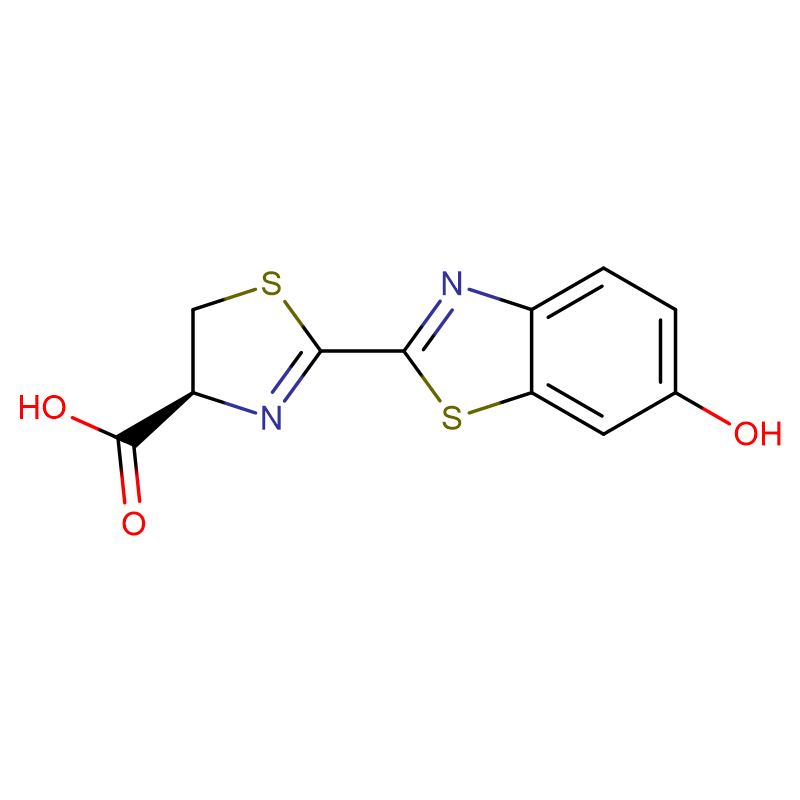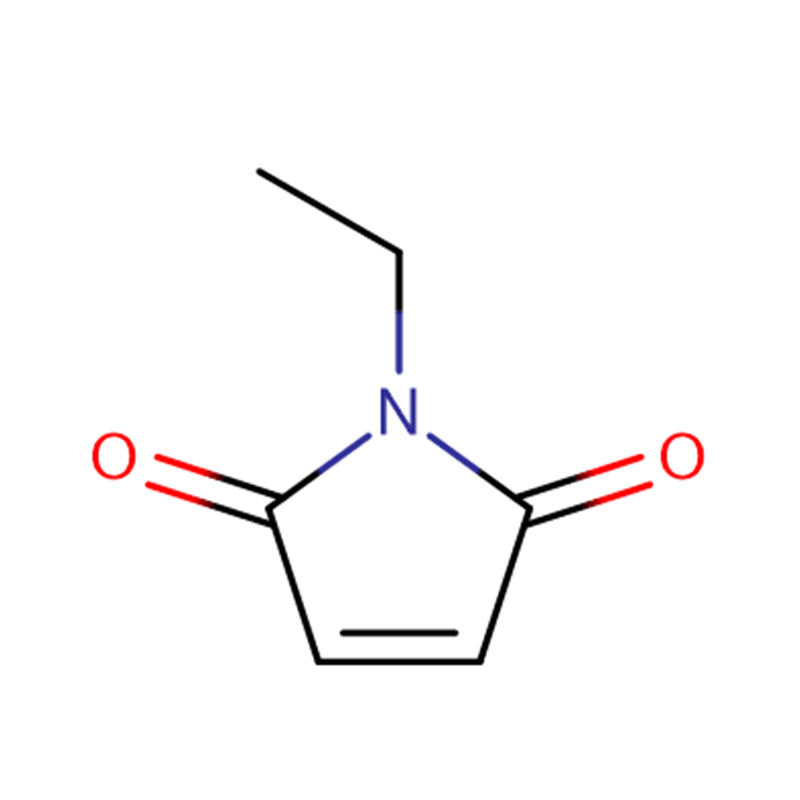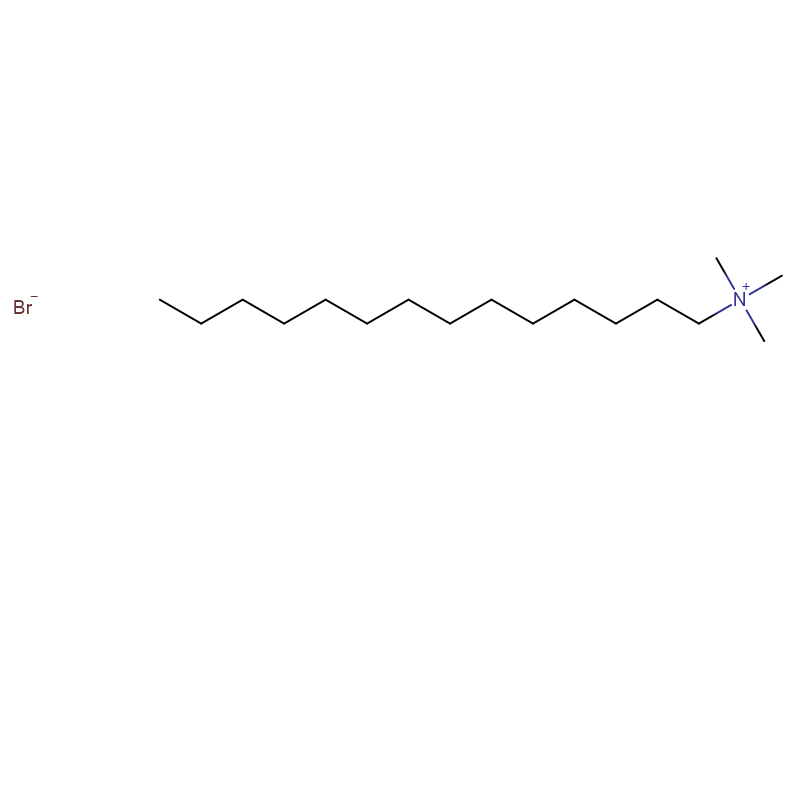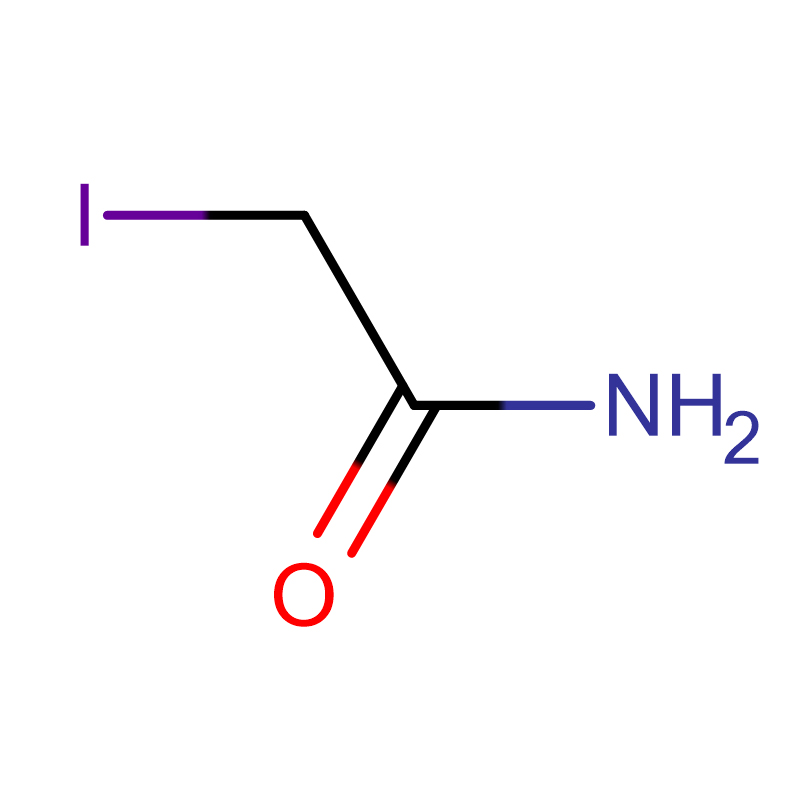GSH Cas: 70-18-8 98% White crystalline powder
| Catalog Number | XD90227 |
| Product Name | GSH |
|
CAS |
70-18-8 |
|
Molecular Formula |
C10H17N3O6S |
|
Molecular Weight |
307.323 |
| Storage Details | 2 to 8 °C |
|
Harmonized Tariff Code |
29309098 |
Product Specification
| Product Specification | |
| Melting Point | 185°C |
| Grade | Pharma Grade |
| Heavy metals | 10ppm max |
| Arsenic | 2ppm max |
| Identification | IR : Similar with the Reference Spectrum |
| Loss on Drying | 0.5% max |
| Storage Temperature | +20 ° C |
| Molecular Weight | 612.63 |
| Assay | 98.0% min |
| Optical Rotation | -15.5°- -17.5 deg |
| Residue on Ignition | 0.1% max |
| Clarity of Solution | Clear and colourless |
| Appearance | White crystalline powder |
| Related Substance | Total: 2.0% max, GSSG:1.5% max |
The ORF45 protein of Kaposi's sarcoma-associated herpesvirus (KSHV) is a gammaherpesvirus-specific immediate-early tegument protein. Our previous studies have revealed its crucial roles in both early and late stages of KSHV infection. In this study, we surveyed the interactome of ORF45 using a panel of monoclonal antibodies. In addition to the previously identified extracellular regulated kinase (ERK) and p90 ribosomal S6 kinase (RSK) proteins, we found several other copurified proteins, including prominent ones of ∼38 kDa and ∼130 kDa. Mass spectrometry revealed that the 38-kDa protein is viral ORF33 and the 130-kDa protein is cellular USP7 (ubiquitin-specific protease 7). We mapped the ORF33-binding domain to the highly conserved carboxyl-terminal 19 amino acids (aa) of ORF45 and the USP7-binding domain to the reported consensus motif in the central region of ORF45. Using immunofluorescence staining, we observed colocalization of ORF45 with ORF33 or USP7 both under transfected condit ions and in KSHV-infected cells. Moreover, we noticed ORF45-dependent relocalization of a portion of ORF33/USP7 from the nucleus to the cytoplasm. We found that ORF45 caused an increase in ORF33 protein accumulation that was abolished if either the ORF33- or USP7-binding domain in ORF45 was deleted. Furthermore, deletion of the conserved carboxyl terminus of ORF45 in the KSHV genome drastically reduced the level of ORF33 protein in KSHV-infected cells and abolished production of progeny virions. Collectively, our results not only reveal new components of the ORF45 interactome, but also demonstrate that the interactions among these proteins are crucial for KSHV lytic replication.Kaposi's sarcoma-associated herpesvirus (KSHV) is the causative agent of several human cancers. KSHV ORF45 is a multifunctional protein that is required for KSHV lytic replication, but the exact mechanisms by which ORF45 performs its critical functions are unclear. Our previous studies revealed that all ORF45 pr otein in cells exists in high-molecular-weight complexes. We therefore sought to characterize the interactome of ORF45 to provide insights into its roles during lytic replication. Using a panel of monoclonal antibodies, we surveyed the ORF45 interactome in KSHV-infected cells. We identified two new binding partners of ORF45: the viral protein ORF33 and cellular ubiquitin-specific protease 7 (USP7). We further demonstrate that the interaction between ORF45 and ORF33 is crucial for the efficient production of KSHV viral particles, suggesting that the targeted interference with this interaction may represent a novel strategy to inhibit KSHV lytic replication.








